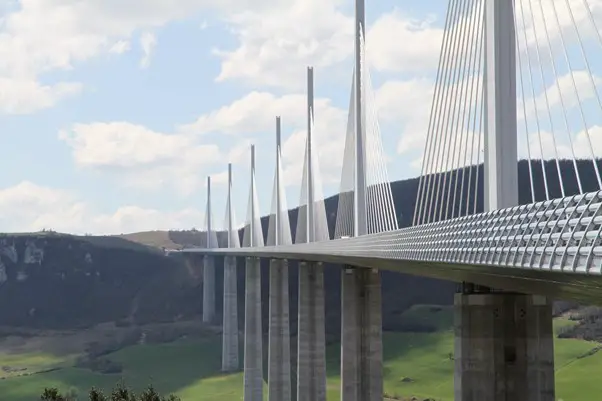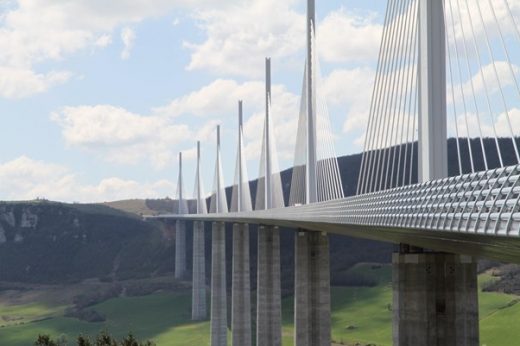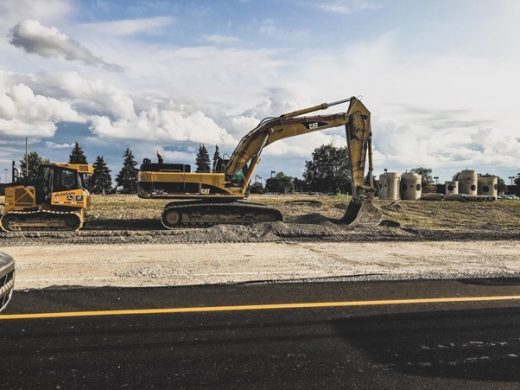Guide to Infrastructure solutions, Information technology Advice, BIM Online Help
Infrastructure Solutions: Who, What, When?
22 Dec 2020
As modern enterprises develop and the role of information technology grows, so does the level of requirements for infrastructure. The availability of business-critical information services directly depends on how well the infrastructure is designed, deployed, and maintained. Sophisticated design solutions avoid downtime, the low performance of information systems, unreasonably high operating costs, and additional investments in infrastructure optimization.
What Are Infrastructure Solutions?
Modern competition is a competition between business organization tools, one of which is the implementation of optimal infrastructure solutions – see https://engre.co/services/infrastructure-solutions. Infrastructure construction is a special branch of capital construction and is the construction of facilities related to ensuring the prosperous existence of the population and the development of the financial and economic system of the territory.
The financial and economic infrastructure is determined by objects that are important from the point of view of the state: the public transport system, bridges, canals, shopping areas, and markets. Such objects help to improve the “quality of life” of the population, to make the area of residence more convenient and functional.
Infrastructure is an integral part of the national economy, which is auxiliary in nature and provides conditions for the effective functioning of the main activity of the country’s construction complex.
For the uninterrupted functioning of the entire system, communications, transport, power lines, and other systems are needed, as well as the means of life support for construction workers. Underdeveloped infrastructure, especially in uninhabited and remote areas, causes a significant increase in construction costs, which must be taken into consideration when determining the estimated cost of construction.
In order to fulfill the main task of construction, it is necessary to create conditions that ensure the normal operation of the construction system as a whole, that is, the creation of an appropriate infrastructure – a set of industries and activities that serve construction production.
The construction of infrastructure facilities is often a template solution, but over time, the development of engineering and design developments, construction technologies, and materials are modified and transformed.
With advancements in construction technologies, an increasing emphasis is placed on implementing modular construction transport solutions, which promise a faster, more efficient process, with potentially lower costs and decreased environmental impact. Whether it’s constructing a new bridge, building a dam, or creating a complex transportation system, infrastructure solutions play a crucial role in the development and success of modern economies.
What Is BIM for?
According to Autodesk, Building Information Modeling is collective creation and use of process information about the structure, forming the basis for all solutions throughout the life cycle facility (from planning to design, release working documentation, construction, operation, and demolition).
BIM is based on 3D information about the model on the basis of which the work of the investor, customer, designer, contractor is done.
Not so far ago, BIM technology was perceived as a 3D model that is used to visualize the project and create project documentation. But the 3D model is just the “tip of the iceberg”.
The basis of BIM technology is processes and ways of working together with information about a construction object. Processes regulate work with a BIM model, which consists of intelligent objects and parametric relationships. Each stage of work specifies the level of detail of the BIM model. This allows making management decisions, having all the necessary information, and at the same time not overloading the model.
Data is added to the 3D information model over the entire life cycle of the structure. They are necessary for business planning, design, procurement of materials, coordination of work in various areas of the project, logistics, installation work and assembly, construction, commissioning.
Determining the level of detail of the BIM model at each stage of the life cycle is one of the key elements of the implementation of BIM technologies. A problem can be a lack of information and its excess. The model should contain exactly the amount of data that will make it possible to make the necessary and predetermined management decisions at the moment when it is necessary. Who and at what moment puts information into the BIM model or receives it, how the information moves from one stage of the project to another is described in BIM processes.
What Can Be Attributed to the Type of Engineering Infrastructure?
As a rough guide, these are practically all engineering communications systems: power supply (power lines, transformer boxes), water supply (water pipelines), gas supply, communication systems (telephone lines), street lighting.
The engineering infrastructure primarily affects how comfortable the standard of living of those living in a given area will be, and, directly, on which price segment the housing built in this area will fall into.
First of all, infrastructure construction is a big plus in economic development. All those objects that ensure the stable life of the settlement or the practical operation of public, residential, or industrial buildings are usually called “infrastructure facilities”.
The construction of this kind of buildings is the most important area, which ensures a high level of quality of life in the objects already built or still under construction.
In general, infrastructure is usually divided into two types: social and engineering. It is like a difference between architects and civil engineers. For a better understanding, it is worth explaining to which infrastructure which objects belong.
Social infrastructure means those objects that help to ensure the smooth functioning of the population’s life. This can include the following objects: educational institutions, healthcare facilities, sports facilities, financial institutions, social and cultural facilities, trade facilities.
One of the primary indicators of the standard of living and prestige in a particular area is the presence of as many social infrastructure facilities as possible within walking distance.
The state of the engineering infrastructure and the quality of its individual objects has a significant impact on the comfort of residents, and on the whole country.
Comments on this guide to Infrastructure solutions article are welcome.
Building Articles
Contemporary Architecture
Ultimate Drainage Infrastructure Guide
Comments / photos for the Infrastructure solutions Advice page welcome







